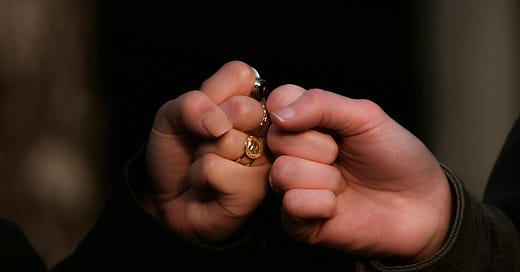CRAFT is a reader-supported email newsletter about the nuts and bolts of fiction writing and the world of publishing.
Friendship in fiction is one of my absolute favorite things to both read about and write about. Which is why it’s a specific pet peeve when it’s done badly, so I will probably be doing more than one post on this topic in the long run.
I w…


